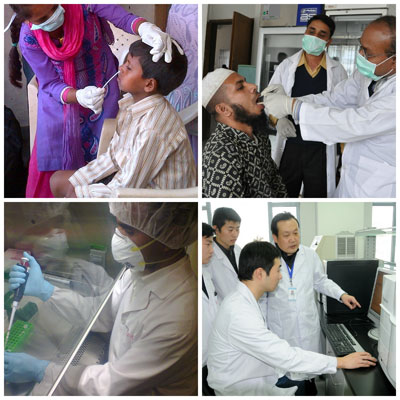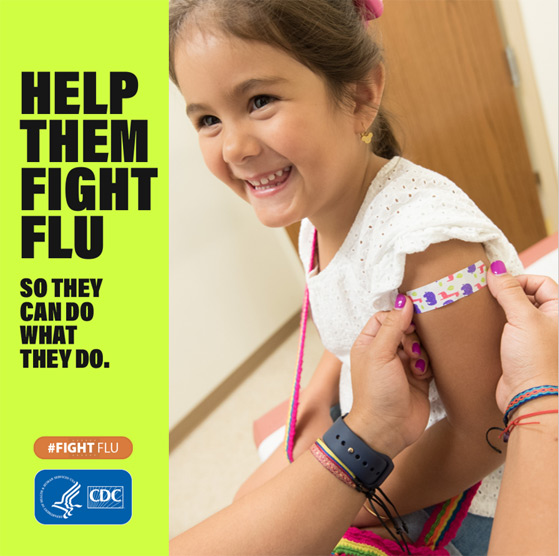CDC Collaborative Study: Improved Global Capacity for Influenza Surveillance

International influenza laboratory and surveillance work.
A study by CDC authors published today in the journal Emerging Infectious Diseases found that CDC’s international capacity-building efforts over a 10-year period (2004-2013) have led to substantial improvements in foreign countries’ ability to conduct influenza surveillance and detect emerging virologic threats. The researchers analyzed surveillance data and program evaluation indicators from 35 countries. The key findings showed substantial increases in laboratory and sentinel surveillance capacities, which are essential for knowing which influenza strains circulate globally, detecting emergence of novel influenza, identifying viruses for vaccine selection, and determining the epidemiology of respiratory illness. Other findings highlighted the progress made in the quality of influenza testing, global contribution to vaccine strain selection, and the extent to which countries believed that the program contributed to their ability to collect and report data to WHO FluNet and to prepare for the 2009 influenza A(H1N1) pandemic (pH1N1).
Of the 39 countries that partnered with CDC to improve influenza surveillance capabilities, 36 (92%) transitioned to CDC’s 5-year sustainability cooperative agreement. The number of countries conducting routine virologic surveillance for influenza increased from 19 at the start of the capacity-strengthening program to 35 in 2013. All national laboratories supported through the program now use real-time RT-PCR as the primary method to detect circulating influenza. The proportion of countries reporting data to WHO FluNet for more than 90% of weeks per year increased considerably during 2004–2013. Among the 35 responding countries, 26 started the capacity-strengthening program before onset of the pH1N1 outbreak and many believed that capacity strengthening played a critical or major role in their pandemic response. Other key capacities described were the ability to understand seasonal trends, establishment of subnational diagnostic laboratories, and creation of systems for information sharing between laboratories and sentinel surveillance sites. Overall, 97% of countries reported that they were mostly or very able to meet their countries’ needs through the program.
The 10-year program was managed through a cooperative agreement between CDC and a country’s ministry of health or equivalent national health agency. The first 5 years of the program’s phased approach focused on capacity building; over the following 5 years, financial support from CDC was incrementally reduced to encourage the transition of financial support for built routine surveillance systems to the countries. Through the cooperative agreement mechanism, the program provided support in 3 ways: providing funding for equipment, materials, and locally employed personnel; conducting hands-on training and long-term technical follow-up with staff within a country; and facilitating participatory, standardized assessments of national influenza laboratories, surveillance systems, and core capabilities for influenza pandemic preparedness, each with targeted technical recommendations.
The capacity-strengthening work is focused on two key systems for influenza preparedness: routine laboratory diagnostics to detect seasonal and novel influenza viruses and routine sentinel surveillance for influenza-like illness (ILI) and severe acute respiratory infection (SARI).
For more information on global influenza surveillance, please visit: https://www.cdc.gov/flu/international/index.htm.
The study is available online in Emerging Infectious Diseases
